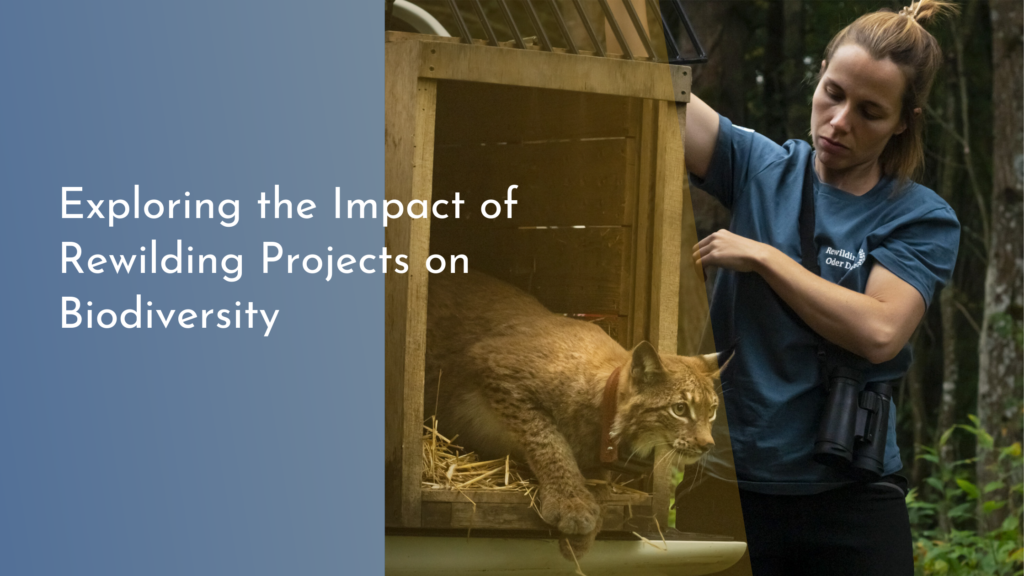The Economics of Permaculture: Cost and Benefits
Permaculture, a term derived from "permanent agriculture," represents a holistic approach to designing sustainable agricultural systems that mimic natural ecosystems. By integrating land, resources, people, and the environment, permaculture aims to create self-sustaining landscapes that produce both food and well-being. This innovative methodology not only fosters ecological health but also presents an intriguing economic model that is gaining traction among farmers, homesteaders, and urban gardeners alike. In this article, we will explore the economics of permaculture, focusing on its costs and benefits to better understand its financial implications and overall impact on our communities and ecosystems.
Understanding Permaculture: A Sustainable Economic Approach
At its core, permaculture is not just about growing food; it’s a sustainable economic framework that seeks to create resilient ecosystems. This approach emphasizes the careful management of resources, reducing waste, and optimizing energy use. By designing systems that are self-sufficient and ecologically sound, permaculture can address many of the economic challenges faced by conventional agriculture, such as reliance on fossil fuels, soil degradation, and declining biodiversity. This perspective aligns economic activities with environmental stewardship, leading to a more harmonious relationship between human needs and ecological health.
Moreover, permaculture promotes local economies by encouraging community-based practices. As individuals and families establish their own permaculture systems, they often become less dependent on external markets and large-scale agricultural producers. This shift can help rebuild local food systems and stimulate economic growth within communities. By fostering collaboration, sharing skills, and creating networks of support, permaculture can yield social benefits that extend beyond mere financial transactions, ultimately leading to more resilient local economies.
Analyzing the Costs: Investment in Permaculture Systems
Transitioning to a permaculture system involves a range of initial costs that can be daunting for some. This includes expenses related to land preparation, purchasing seeds and plants, investing in water management systems, and educational resources. Unlike conventional agricultural practices, which often rely heavily on chemical inputs and synthetic fertilizers, permaculture encourages the use of natural materials and methods. These upfront investments can be substantial, especially for those starting from scratch or converting traditional agricultural land to permaculture.
However, it’s essential to recognize that while the initial costs can be higher, they are often offset by the long-term savings and efficiency gained from a permaculture system. For example, once established, permaculture gardens tend to require less ongoing input in terms of water, fertilizers, and labor. The use of companion planting and natural pest control can also reduce the need for chemical pesticides. Thus, while the transition may feel financially burdensome at first, the potential for cost savings over time makes it a worthwhile investment for many practitioners.
The Benefits of Permaculture: More than Just Financial Gains
The benefits of permaculture extend well beyond the financial realm, encompassing environmental, social, and personal dimensions. Ecologically, permaculture systems contribute to biodiversity conservation by promoting native species and creating habitats for wildlife. This approach reduces the need for chemical inputs, leading to healthier soil, cleaner water, and improved air quality. Furthermore, permaculture practices, such as composting and mulching, help sequester carbon, thereby mitigating climate change impacts.
On a social level, permaculture cultivates community engagement and cooperation. As individuals come together to share knowledge, resources, and labor, they build strong networks that foster resilience and inclusivity. Additionally, permaculture offers individuals the opportunity to reconnect with nature, promoting mental well-being and a sense of purpose. These benefits, often overlooked in traditional economic analyses, highlight the holistic gains that permaculture systems can provide, enriching the lives of individuals while enhancing the environment.
Balancing the Equation: Cost-Benefit Analysis of Permaculture
Conducting a cost-benefit analysis of permaculture presents a unique challenge. Traditional economic models often focus solely on financial returns, neglecting the broader social and environmental impacts. However, by adopting a more inclusive framework that takes into account ecological health, community resilience, and individual well-being, we can appreciate the full value of permaculture. While initial costs may appear significant, the long-term benefits—ranging from improved ecosystem services to enhanced community cohesion—offer a compelling argument for its adoption.
Ultimately, the economics of permaculture is about finding balance. It encourages us to rethink our priorities and challenge the notion that economic success is solely defined by monetary gain. By embracing permaculture, we invest not just in our immediate needs but in the future of our planet and our communities. Through this lens, permaculture emerges as a viable economic model that provides lasting benefits while nurturing the Earth for generations to come.
In conclusion, the economics of permaculture embodies a transformative approach that aligns environmental sustainability with economic viability. By understanding the associated costs and recognizing the extensive benefits, we can appreciate the true value of permaculture as a holistic system. As more individuals and communities embrace this sustainable model, the potential for positive change becomes immense, paving the way for a healthier planet and thriving local economies. Whether you are a seasoned farmer or a curious beginner, exploring the principles of permaculture can lead to rewarding experiences that enrich both your life and the world around you.

